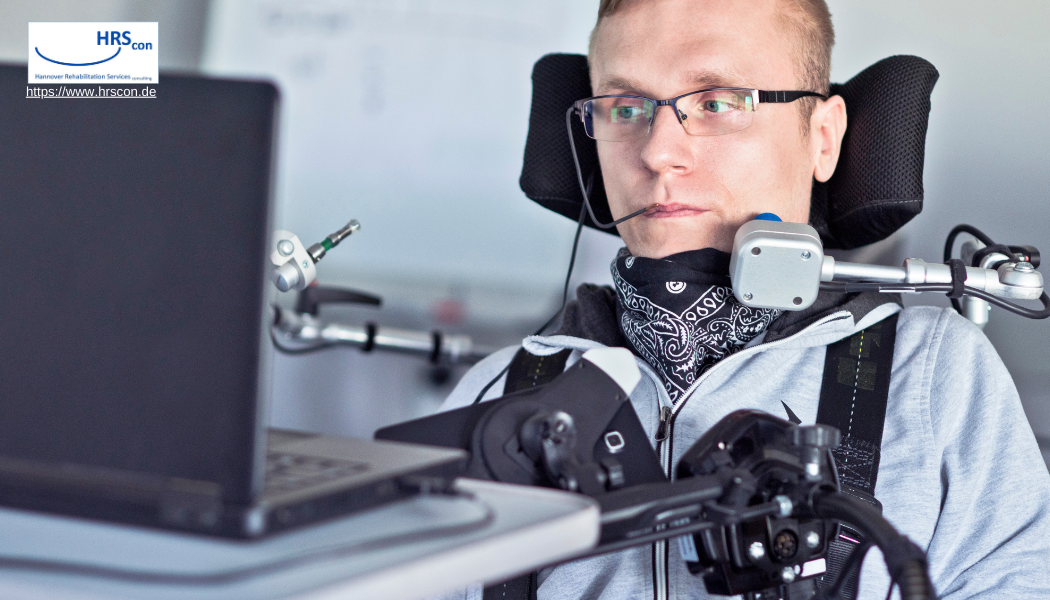Inclusion and equity are vital pillars of modern education. Yet, for students with disabilities, the path to academic success often comes with significant barriers. Disabilities, whether physical, psychological, intellectual, or sensory, intersect with environmental and social challenges, making higher education disproportionately difficult for this population.
Globally, approximately 11% of university students report disabilities that impact their academic journey. Many face heightened stress, limited social support, and a lack of tailored academic interventions. These hurdles often lead to higher dropout rates compared to their peers. A recent scoping review sheds light on how targeted interventions—spanning disability-related services, testing accommodations, health promotion, and social and academic integration—can reshape these outcomes.
The Study: A Snapshot
The study, conducted by Antje Römhild and Alfons Hollederer, reviewed 46 empirical studies spanning 2008–2022. It assessed interventions’ impact on academic success among students with disabilities. Outcomes such as grade point average (GPA), retention rates, and self-reported academic satisfaction were analyzed. The findings provide actionable insights for universities, policymakers, and disability advocates.
Key Insights from the Study
- Disability-Related Services
- These services include counseling, disability office support, and academic coaching. While qualitative studies highlight their importance in boosting student persistence, quantitative analyses show inconsistent effects on academic performance.
- For example, academic coaching has been shown to improve GPA, but generalized disability office support often does not yield statistically significant results. This discrepancy highlights the importance of personalized and proactive services.
- Testing Accommodations
- Common accommodations include extended exam time, private testing environments, and alternative formats. The review reveals that students with learning disabilities (LD) or ADHD often benefit more than those with other disabilities.
- However, effectiveness varies. Extended time helps some students excel but shows no impact for others. One study found that students with ADHD performed worse when accommodations were poorly matched to their needs, emphasizing the importance of customizing interventions.
- Health Promotion
- Health-focused initiatives, such as outdoor activities and app-based mental health interventions, improve well-being and indirectly enhance academic performance.
- A standout example involved an outdoor adventure program that increased students’ self-confidence and campus engagement, leading to better retention rates.
- Social and Academic Integration
- Programs encouraging peer interactions and faculty engagement emerged as critical to fostering a sense of belonging. Students with robust social connections are more likely to persist and thrive academically.
- Mentorship programs, peer-led study groups, and faculty involvement play a vital role in reducing feelings of isolation and boosting academic confidence.
In-Depth Analysis of Findings
1. Disability-Related Services: Bridging Gaps in Support
Disability-related services aim to provide tailored solutions to help students overcome barriers, from offering adaptive learning environments to delivering personal counseling. While these services are widely available, awareness and utilization remain challenges.
Case Study Example:
A Canadian study revealed that students registered for disability services had higher graduation intentions than those who were not, but the effects on GPA were inconclusive. Early interventions, particularly during the first year, were crucial for retention, suggesting that timing is as important as the type of service provided.
2. Testing Accommodations: Levelling the Playing Field
Testing accommodations are critical for providing equity during exams. However, the effectiveness depends heavily on the type of disability and the appropriateness of the accommodations.
- For students with ADHD, extra breaks or quiet testing rooms were more beneficial than extended time alone.
- Conversely, students with physical impairments benefited significantly from extended time, suggesting that physical constraints are more likely to be mitigated by this adjustment.
3. Health Promotion: Beyond Academics
Health promotion interventions address an often-overlooked aspect of academic success—mental and physical well-being. Students with disabilities are more likely to experience stress, anxiety, and depression, which directly impact their academic performance.
Impactful Program Example:
A German study involving app-based mental health interventions showed reduced academic work impairments and improved productivity among students with high stress levels. These findings suggest that well-being programs are integral to fostering academic resilience.
4. Social and Academic Integration: Building Connections
Social isolation remains a pervasive issue for students with disabilities. Institutions that invest in fostering community connections see better academic outcomes for this group.
- Peer mentoring programs allow students with disabilities to share experiences and strategies for overcoming barriers.
- Faculty support, including clear communication about accommodations, fosters trust and a sense of inclusion.
Summary of Interventions and Outcomes
| Intervention | Examples | Positive Effects | Challenges |
|---|---|---|---|
| Disability-Related Services | Counseling, accessibility support | Boosts retention and adaptation; important for first-year students. | Limited awareness among students; inconsistent impact on GPA. |
| Testing Accommodations | Extra time, private rooms | Benefits students with LD and ADHD; improves test performance in tailored cases. | Poorly matched accommodations can hinder outcomes. |
| Health Promotion | Outdoor activities, wellness programs | Enhances well-being, retention, and productivity. | Underutilized due to lack of institutional focus on health. |
| Social/Academic Integration | Peer mentoring, faculty support | Builds belonging, persistence, and emotional resilience. | Requires institutional investment in structured programs. |
Practical Implications for Universities
To maximize the potential of these interventions, universities must take the following steps:
- Develop Awareness Campaigns
- Many students are unaware of available services or fear stigma associated with disability disclosures. Universities should launch awareness initiatives to address these gaps.
- Tailor Accommodations
- Testing accommodations must be customized based on individual needs. A “one-size-fits-all” approach risks failing students who require specialized support.
- Integrate Health Programs
- Institutions should prioritize mental health by offering accessible counseling and wellness programs. Physical activity-based interventions can also be integrated into campus life.
- Invest in Social Programs
- Peer mentoring and inclusive extracurricular activities foster a sense of belonging. Faculty training on supporting students with disabilities is equally important.
- Monitor and Adapt Services
- Regular assessment of services’ effectiveness is crucial. Feedback loops between students and university staff ensure interventions remain relevant.
Challenges in Implementing Interventions
While the study underscores the benefits of targeted programs, it also highlights several challenges:
- Inconsistent Data: Many quantitative studies suffer from small sample sizes, limiting the generalizability of findings.
- Stigma and Disclosure: Fear of stigmatization deters students from seeking help or registering for disability services.
- Resource Constraints: Implementing comprehensive programs requires significant institutional investment.
The Bigger Picture: Advocating for Inclusion
The findings align with the principles of the United Nations Convention on the Rights of Persons with Disabilities (CRPD), which mandates equal access to education. While progress has been made, much remains to be done to ensure students with disabilities can thrive in higher education.
Call to Action
To build an inclusive academic environment, universities and policymakers must prioritize:
- Early Intervention: Proactively identify and support students from the outset.
- Equity in Access: Guarantee reasonable accommodations without bureaucratic hurdles.
- Community Building: Foster a culture where diversity is celebrated, not stigmatized.
By addressing these areas, institutions can create a pathway to success for all students, regardless of their abilities.
Conclusion
This comprehensive review illuminates the multifaceted challenges and solutions for students with disabilities in higher education. From disability services to social integration, each intervention plays a unique role in shaping academic outcomes. Universities must act decisively to implement these findings, ensuring that higher education becomes a truly inclusive space where every student can achieve their full potential.



